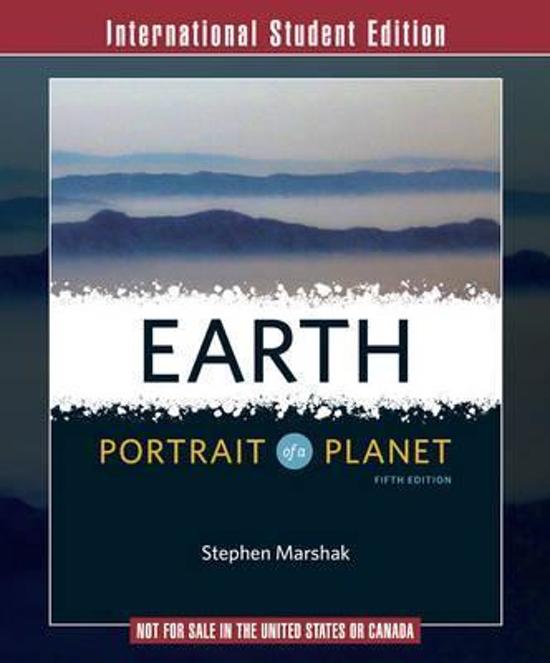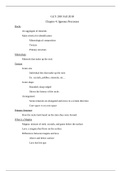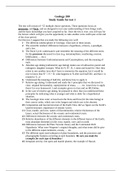geology
Marshall University
All 5 resultados
Ordenador por
Covers the composition of melts and magma, how to distinguish the different types of igneous rocks, and how igneous rocks connect to tectonic plates.
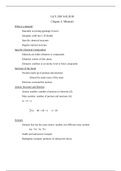
-
Chapter 3: Minerals
- Notas de lectura • 10 páginas • 2018
-
Disponible en paquete
-
- 2,83 €
- + aprende más y mejor
This chapter covers what a mineral is and what it's composition is. It explains electronic configuration (which is different than the one used in chemistry) and oxidation state. It shows the difference between the different bonds: ionic, covalent, metallic, and Van der Waals. Diagrams the difference between polymorphism and isomorphism. Describes, in depth, the diagnostic and non-diagnostic properties of minerals such as shape, luster, and fracture. Explains the structures and electrons shared ...
Class notes that cover chapters 1-3, including a study guide covering all topics tested on. With these, I received an B (no curve).
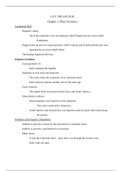
-
Chapter 2: Tectonic Plates
- Notas de lectura • 8 páginas • 2018
-
Disponible en paquete
-
- 2,83 €
- + aprende más y mejor
This chapter covers the theory of continental drift and Wegener's evidence to support it. It explains the difference between the lithosphere and the asthenosphere. Explains the different plate boundaries and the different crust combinations. Shows the interactions between plate tectonics and continental drift, also the evidence supporting plate tectonics. Explains the term paleomagnetism. It also shows the Wilson Cycle and provides examples for each stage.
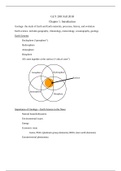
-
Chapter 1: Introduction to Geology
- Notas de lectura • 10 páginas • 2018
-
Disponible en paquete
-
- Gratis
- + aprende más y mejor
Chapter 1 covers the basics of geology and it's important/applications in the world. Shows the rock cycle and the difference between rocks, minerals, and elements. Explains the geologic time scale, along with how to determine absolute/relative age dating and half-life. The structure of the Earth is divided up into layers and has there density, elements that are rich in that certain layer, etc...

